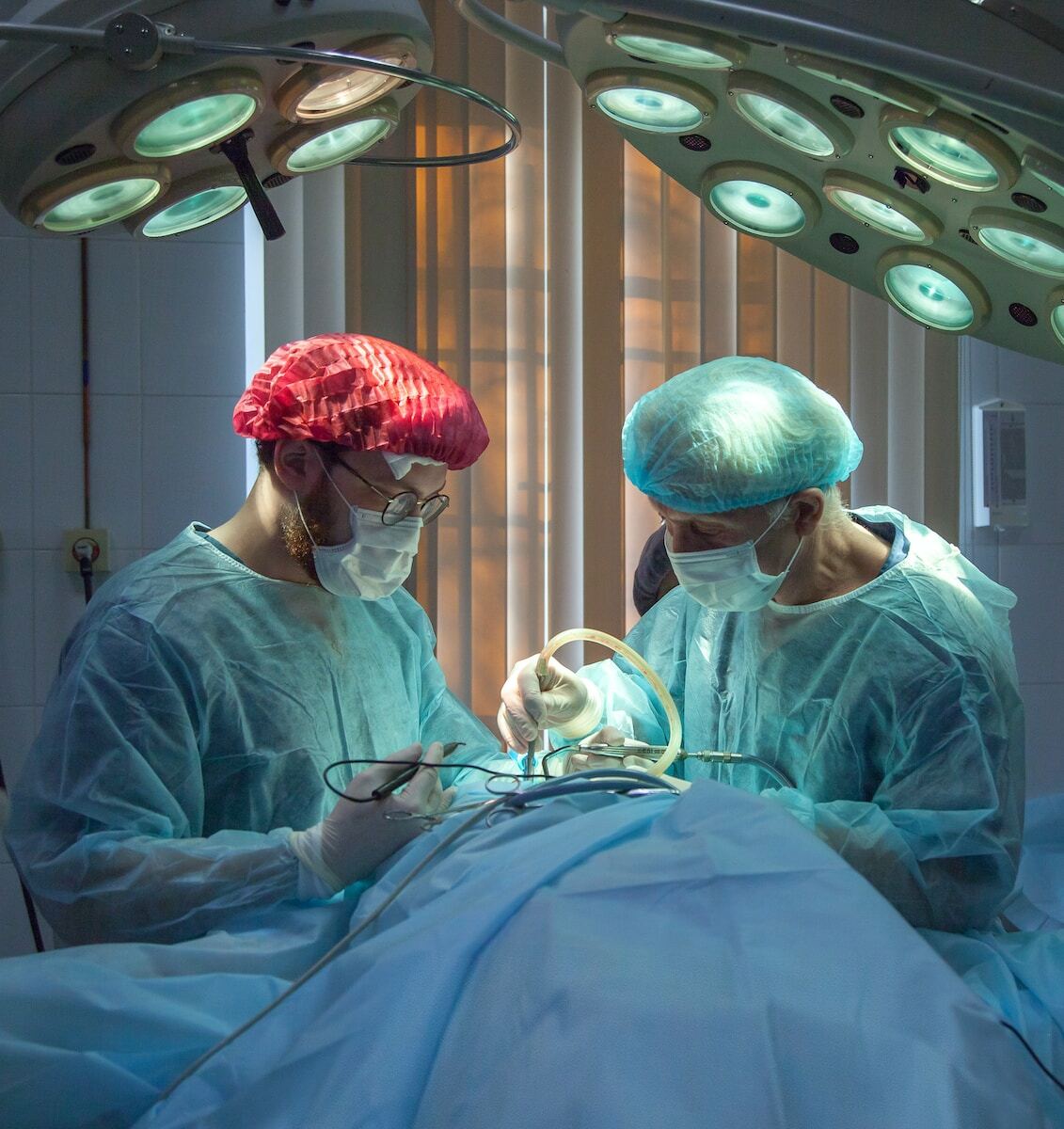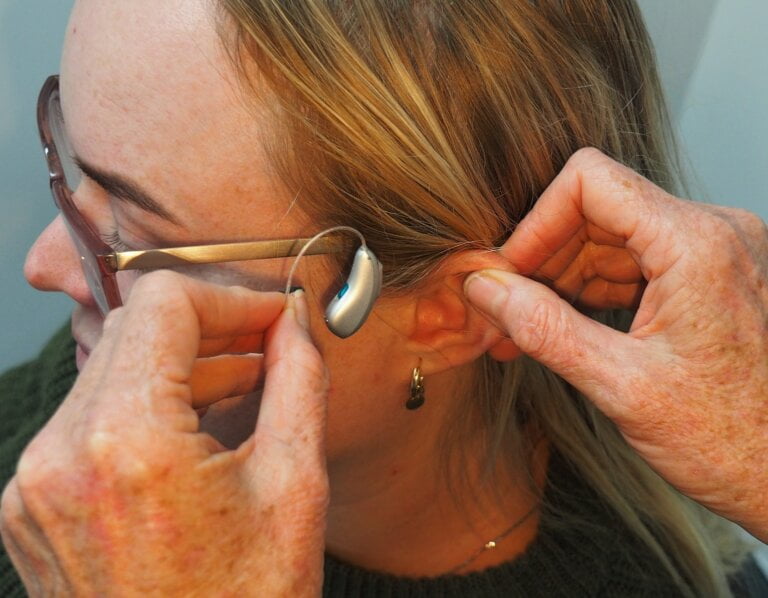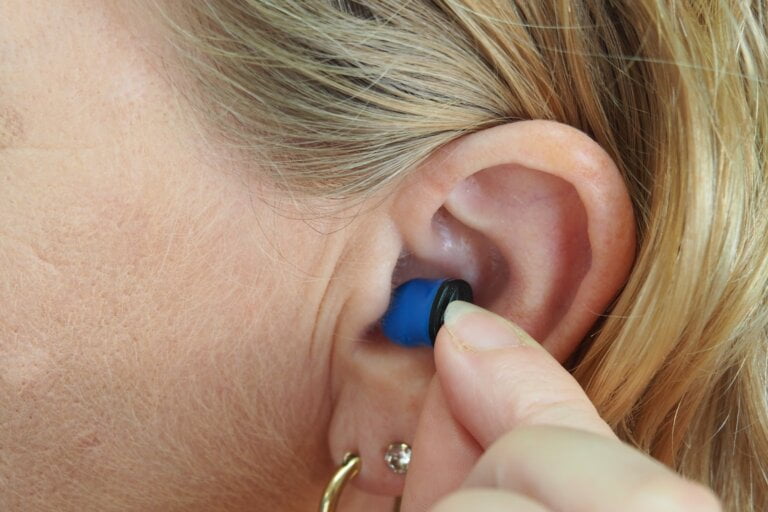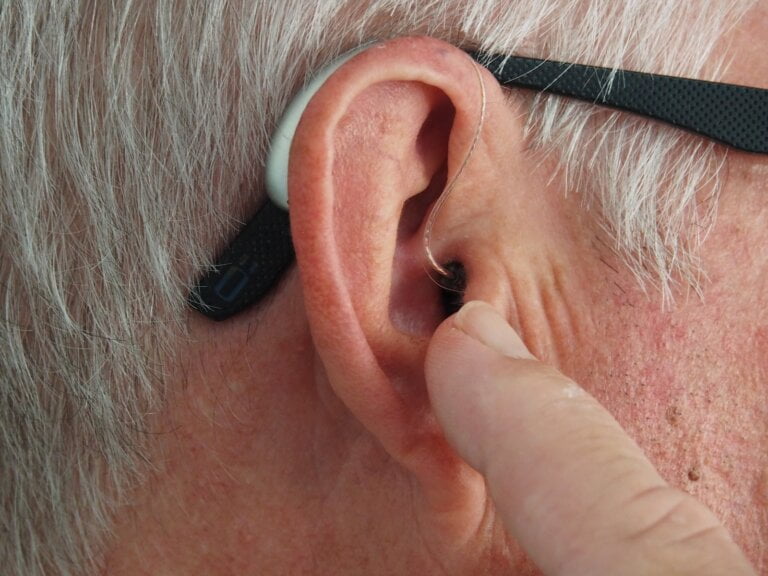Ushering in a New Age: Technological Advances in Manual Instrument Ear Wax Removal
In recent years, the field of ear wax removal has witnessed remarkable advancements in technology, revolutionising the way we address this common issue. Gone are the days when manual techniques were the sole means of removing excess ear wax. Today, with the help of cutting-edge tools and techniques, healthcare professionals such as audiologists, ENT’s and nurses can provide more efficient and effective solutions for their patients. In this article, we will explore some of the latest technological advances in manual instrument ear wax removal.
Microsuction: A Gentle and Precise Method
One of the most significant advancements in manual instrument ear wax removal is the introduction of microsuction. This technique utilises a specialised device that gently suctions out the ear wax, without causing any discomfort or pain to the patient. Unlike traditional methods that involve probing the ear with instruments, microsuction offers a more precise and safer approach.
Microsuction is particularly beneficial for individuals with sensitive ears, those who have had previous ear surgeries, or those prone to ear infections. Its ability to remove wax without touching the ear canal significantly reduces the risk of injury or infection, making it a preferred option for many healthcare professionals.
Benefits of Microsuction:
- Removes ear wax without causing discomfort or pain to the patient.
- Allows for precise targeting and removal of excess ear wax.
- Individuals with sensitive ears can benefit from microsuction as it minimises the risk of injury or irritation to the ear canal.
- Avoiding direct contact with the ear canal, microsuction significantly reduces the risk of introducing bacteria or causing infection.
Endoscopic Ear Wax Removal: Seeing Is Believing
Endoscopic ear wax removal takes the precision of microsuction to the next level by incorporating a tiny camera called an endoscope. This advanced technology allows audiologists to visualise the ear canal and monitor the entire removal process. By seeing exactly what they are doing, they can ensure a thorough and safe procedure.
Advantages of Endoscopic Ear Wax Removal:
- Provides a clear view of the ear canal, allowing audiologist to remove ear wax with precision.
- Real-time monitoring: Both the audiologist and the patient can observe the removal process, ensuring thorough cleaning and providing a sense of transparency.
- Endoscopic ear wax removal allows patients to understand their condition better by visualising the procedure, fostering a sense of trust and engagement.
- Audiologist can avoid accidental injury or trauma during the removal process
Irrigation: A Thorough and Non-Invasive Approach
Another significant advancement in manual instrument ear wax removal is the introduction of irrigation systems. This method involves using a gentle flow of warm water to flush out the excess ear wax. The water is directed into the ear canal through a specialised nozzle, allowing for the wax to be removed.
Irrigation is particularly useful for individuals with impacted ear wax, as it can dislodge and remove stubborn wax build-up.
Benefits of Irrigation:
- Thorough removal: The gentle flow of warm water in irrigation effectively dislodges and flushes out excess ear wax, ensuring a thorough cleaning.
- Non-invasive and comfortable: Without experiencing discomfort or pain, as it does not involve physical contact with the ear canal.
- Effective for impacted wax: It can effectively dislodge and remove stubborn wax build-up.
- Controlled and safe: The use of specialised nozzles allows the control of the flow of water, ensuring a safe and effective removal process.
This method does have a higher increase of complications when compared to other of ear wax methods that are mentioned in this article. Which is why at Hearing First we NEVER irrigate.
Advantages of Technological Advances in Manual Instrument Ear Wax Removal
The integration of advanced technologies into manual instrument ear wax removal brings numerous benefits to both healthcare professionals and patients. By embracing these innovations, we can expect:
- Improved Safety: The use of modern tools and techniques minimises the risk of injury or trauma to the ear canal, ensuring a safer procedure for patients. Microsuction and endoscopic ear wax removal techniques reduce the chances of accidental damage to delicate ear structures.
- Enhanced Precision: Precisely remove excess ear wax, leaving no room for error. This ensures a more thorough cleaning and reduces the likelihood of incomplete removal.
- Real-time Monitoring: Endoscopic ear wax removal provides a visual aid that enables healthcare professionals to closely observe the process and ensure a thorough cleaning. Real-time monitoring allows for immediate adjustments if necessary, resulting in a more effective procedure.
- Comfortable Experience: Patients can undergo ear wax removal without experiencing discomfort or pain.
- Patient Education: The ability to visualise the procedure through endoscopic ear wax removal helps patients understand their condition better and fosters a sense of trust and transparency. Seeing the removal process in real-time enhances patient engagement and empowers them to take an active role in their ear health.
- Effective Results: Technological advancements have significantly improved the overall efficacy of manual instrument ear wax removal for audiologist while ensuring better outcomes for patients. The precision and thoroughness of microsuction and endoscopic ear wax removal mean a more successful and long-lasting results.
The Future of Manual Instrument Ear Wax Removal
As technology continues to advance, we can anticipate further refinements and innovations in the field of manual instrument ear wax removal. Researchers are exploring the use of robotics, artificial intelligence, and advanced imaging techniques to enhance precision and efficiency. These developments hold the potential to revolutionise the way we address ear wax removal, making it even safer, more comfortable, and efficient for patients in the future.
In conclusion, technological advances in manual instrument ear wax removal have ushered in a new age of precision, safety, and efficacy. With techniques such as microsuction, endoscopic ear wax removal, and irrigation, healthcare professionals can provide more comfortable and effective solutions for their patients. By embracing these advancements, we can ensure a brighter future for individuals seeking relief from the discomfort caused by excessive ear wax.
Q1: What is microsuction and what are its benefits?
Microsuction is a technique that uses a specialised device to gently suction out ear wax without causing discomfort or pain to the patient. The benefits of microsuction include gentle and painless removal, precise targeting and removal of excess ear wax, safety for sensitive ears, and reduced risk of infection.
Q2: What is endoscopic ear wax removal and what are its advantages?
Endoscopic ear wax removal incorporates a tiny camera called an endoscope to visualise the ear canal and monitor the removal process. The advantages of endoscopic ear wax removal include improved visualisation, real-time monitoring for thorough cleaning, an educational tool for patient understanding, and enhanced safety to avoid accidental injury or trauma.
Q3: What is irrigation?
Irrigation is a method that uses a gentle flow of warm water to flush out excess ear wax.
Q4: What are the advantages of technological advances in manual instrument ear wax removal?
The advantages of technological advances in manual instrument ear wax removal include improved safety, enhanced precision, real-time monitoring for a more effective procedure, a comfortable experience for patients, patient education through visualising the procedure, and effective and long-lasting results.







